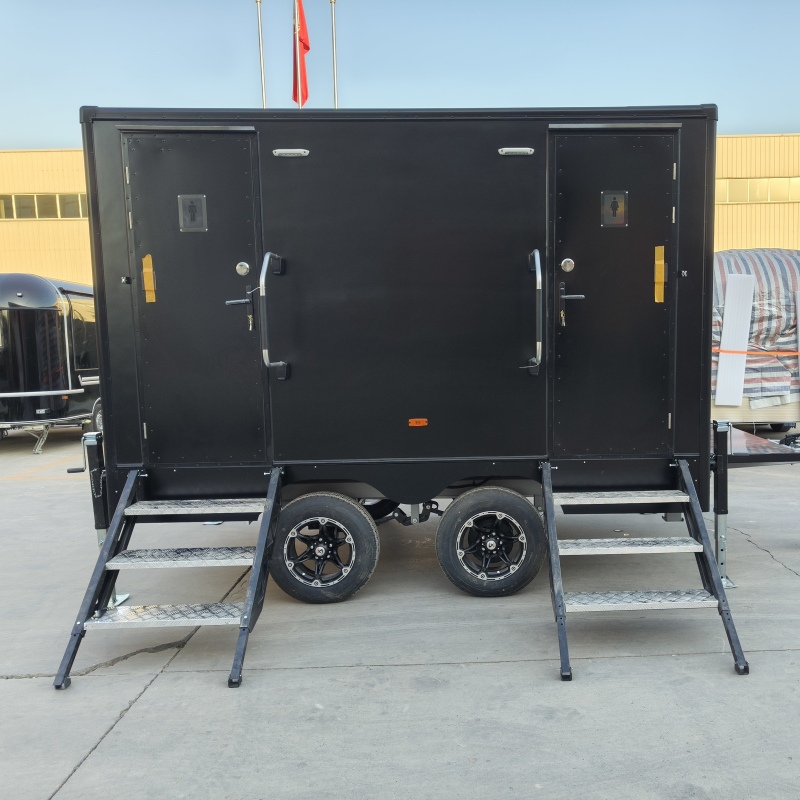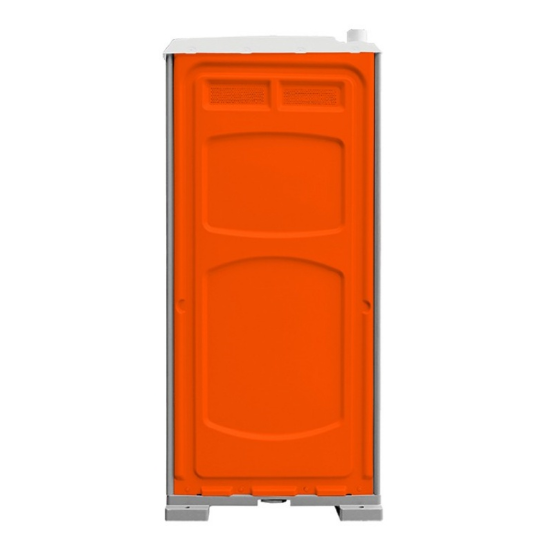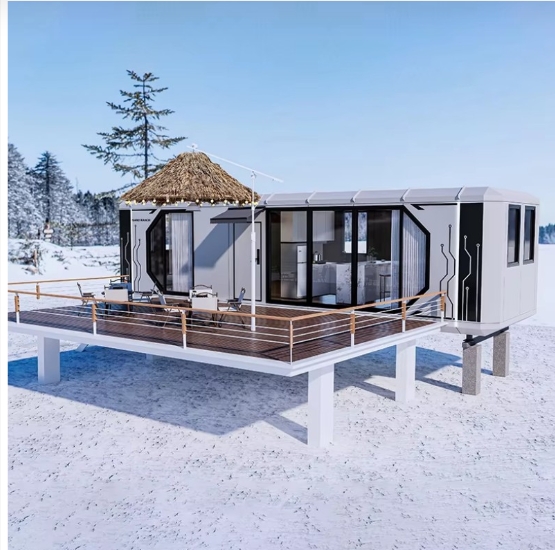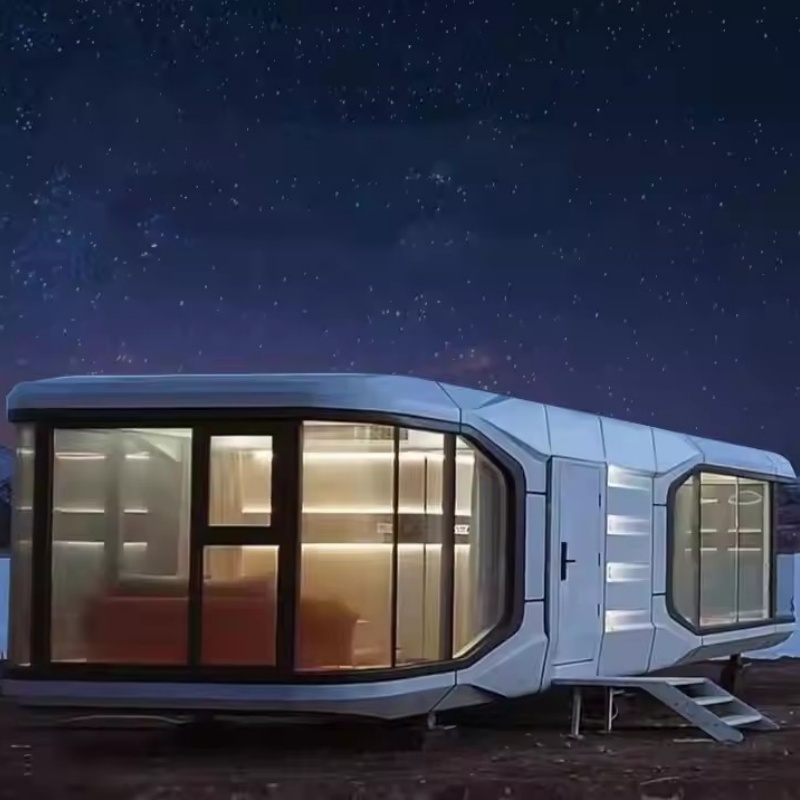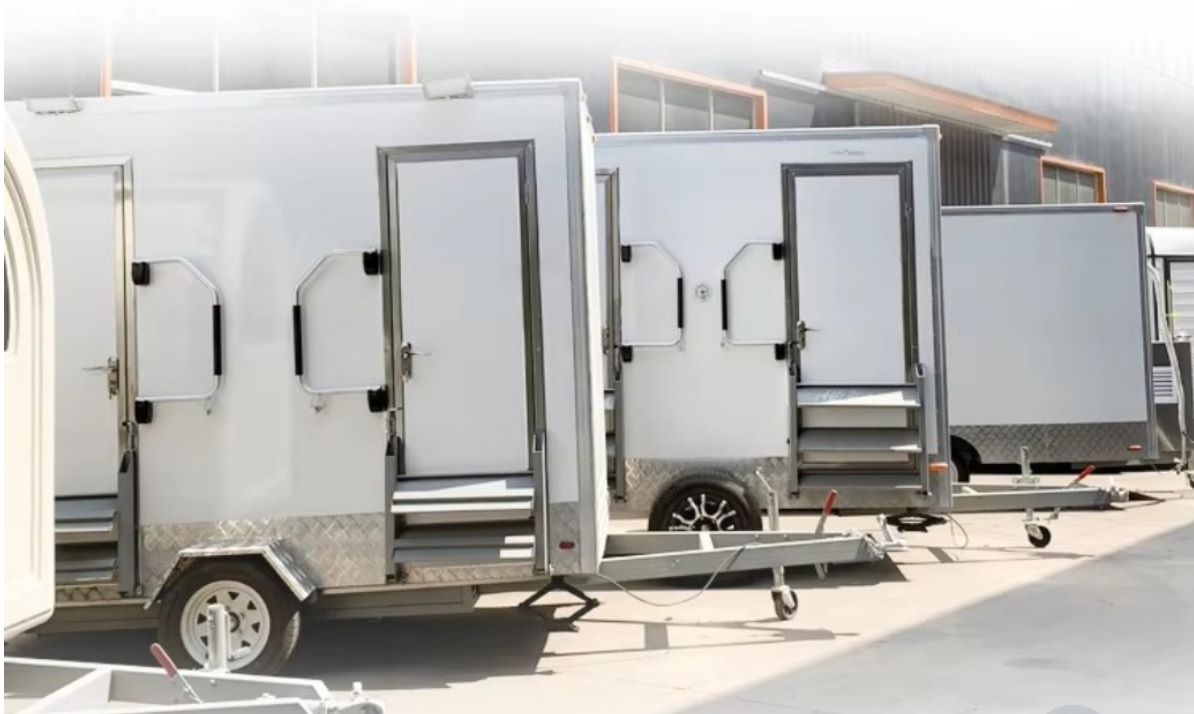Do You Know What is Capsule House?
Nov 04, 2024
In the modern world, the need for adaptable, efficient, and affordable housing solutions is more pressing than before. Whether due to urban expansion, natural disaster response, or the demand for temporary housing, the housing industry is evolving to meet these demands with innovative solutions. At the forefront of this transformation is the Capsule Container House by Topindus Group—a perfect blend of compact design, durability, and comfort.
What is a Capsule Container House?
The Capsule Container House is a versatile, prefabricated housing unit designed with the modern, mobile lifestyle. Made from high-quality, durable materials, this compact dwelling is easy to transport and install, offering a viable solution for temporary housing demands across various environments and use cases. The capsule design optimizes every square foot, providing a comfortable living space that can be customized to suit personal preferences and requirements.
Features of the Capsule Container House
1. Durability and Weather Resistance
Constructed from high-quality steel and insulated materials, the capsule house is designed to withstand harsh weather conditions, from heavy rain to extreme temperatures. This durability makes it ideal for various climates, including coastal, tropical, and mountainous regions.
2. Compact and Space-Efficient Design
Despite its small footprint, the capsule house maximizes interior space with a well-thought-out layout. It includes essential features like sleeping quarters, storage space, a small kitchenette, and even room for a bathroom. This compact design ensures that users can live comfortably while occupying minimal ground space.
3. Sustainable and Eco-Friendly
Topindus Group is committed to sustainability, and the eco capsule house is designed with energy efficiency in mind. Optional solar panels and energy-efficient appliances can be integrated, making it an eco-friendly option for those looking to reduce their carbon footprint.
4. Customizable Interiors
The capsule container house offers a range of customization options, allowing clients to tailor the unit to their unique needs. Whether it’s transforming the space into a comfortable living area, a cozy office, or a minimalist guest suite, customers have the flexibility to choose finishes and fittings that suit their style.
Applications of the Capsule Container House
The capsule container house is suitable for various purposes and industries:
Temporary Housing Solutions: Ideal for construction sites, disaster relief, and other temporary housing needs, these units offer quick shelter solutions where permanent infrastructure might be unavailable.
Remote Living: For those working in isolated areas like mining sites, wilderness research stations, or offshore locations, capsule home provide a comfortable, reliable living option.
Backyard Additions: As an innovative alternative to traditional guest houses or backyard studios, capsule houses are perfect for those looking to expand their living space without major renovations.
Event and Festival Accommodations: Their mobility and easy setup make capsule houses a fantastic choice for outdoor events, music festivals, or temporary exhibitions, providing a unique accommodation option for attendees.
Advantages of Choosing Topindus Group's Capsule Container House
When it comes to selecting a capsule container house, the quality and expertise of the provider make a significant difference. Topindus Group's long-standing experience in the prefabricated housing industry and commitment to quality assurance ensure that each unit meets high standards of durability and comfort. Additionally, their OEM and ODM capabilities mean that Topindus can collaborate closely with clients to develop a custom product that aligns perfectly with their vision.
Why the Capsule Container House is the Future of Compact Living
The capsule container house represents the next step in the evolution of compact, efficient living. In a world where space is increasingly at a premium, and mobility is often a necessity, the capsule container house offers a practical solution. Its flexible design, combined with the ease of transportation and assembly, ensures that it can meet a wide variety of housing needs without sacrificing comfort or quality.
